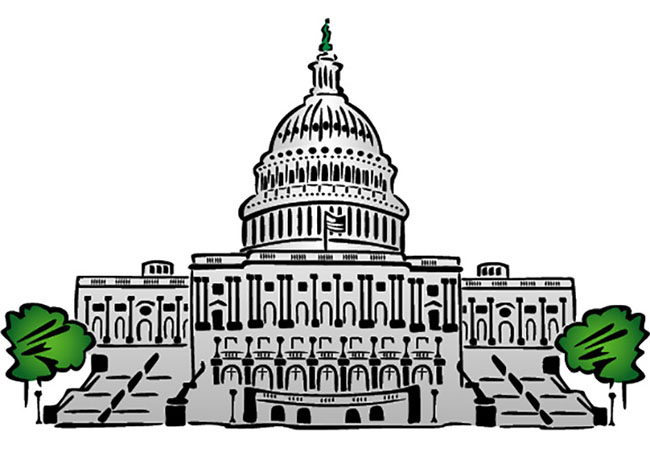How teachers can talk about violence at the Capitol
January 7, 2021
Starting today, teachers across the country, in neighborhoods filled with Biden supporters and neighborhoods filled with Trump supporters, are faced with a challenge: How do they discuss an insurrection on the US Capitol that threatened the peaceful transition of power?
Sigal Ben-Porath, an expert in civic education at the University of Pennsylvania Graduate School of Education and fellow at the Center for Ethics at Harvard, says teachers should not ignore yesterday’s historic events.
But they have to be prepared for the conversation. Ben-Porath suggests starting with these areas of focus:
- The facts about the democratic process: according to grade and knowledge levels, discussing the roles of voters, electors, the courts, state legislative bodies, and Congress. The older the kids are, the more detailed the conversation can be, and more opportunities for independent research should be offered.
- The events that happened yesterday. Look at diverse and reliable news sources, and apply critical digital literacy skills to social media posts that come from unverified sources. Focus on local news and on public media (such as NPR) to support a habit of consuming reliable news.
- Discuss the reality of living in historic moments. This can be compared to the lives of people in other crucial moments for democracy. Students can talk about where they were, what they did, what others who were nearby might have felt, etc.
Teachers holding class online because of the pandemic will also have to think about how the platform might have to change the conversation. The country is clearly polarized. In an online setting, parents can potentially hear the discussion. Students might feel uncomfortable engaging if they know their parents, or many of their classmates’ parents, would hear them disagreeing with the parents' beliefs.
The goal: finding ways to develop together true knowledge about the events. What happened, and why it matters, are the key questions.
The process has to include the students, so that they create this knowledge together. The only way to overcome our current polarization is by learning to share the facts, to have a shared understanding of reality. The source of a lot of this chaos is the rift in the facts we have (who won the election, what body has what constitutional role, etc). If students can learn to rely on each other, on their teachers, and on reliable sources, to understand events around them, we can start building the path back to democracy.
Support kids’ safety and security
Patrick Sexton, Executive Director of Penn GSE’s Teacher Education Programs, says it is critical that teachers make space and acknowledge kids' feelings, whether that is a sense of unease, fear, or something else. When we get out of our normal routines it can be hard to concentrate or be our best selves. That's true for kids, and teachers, and parents, and even our elected officials.
At the same time, Sexton says providing as much structure and routine as possible can help support kids' sense of safety and security.


